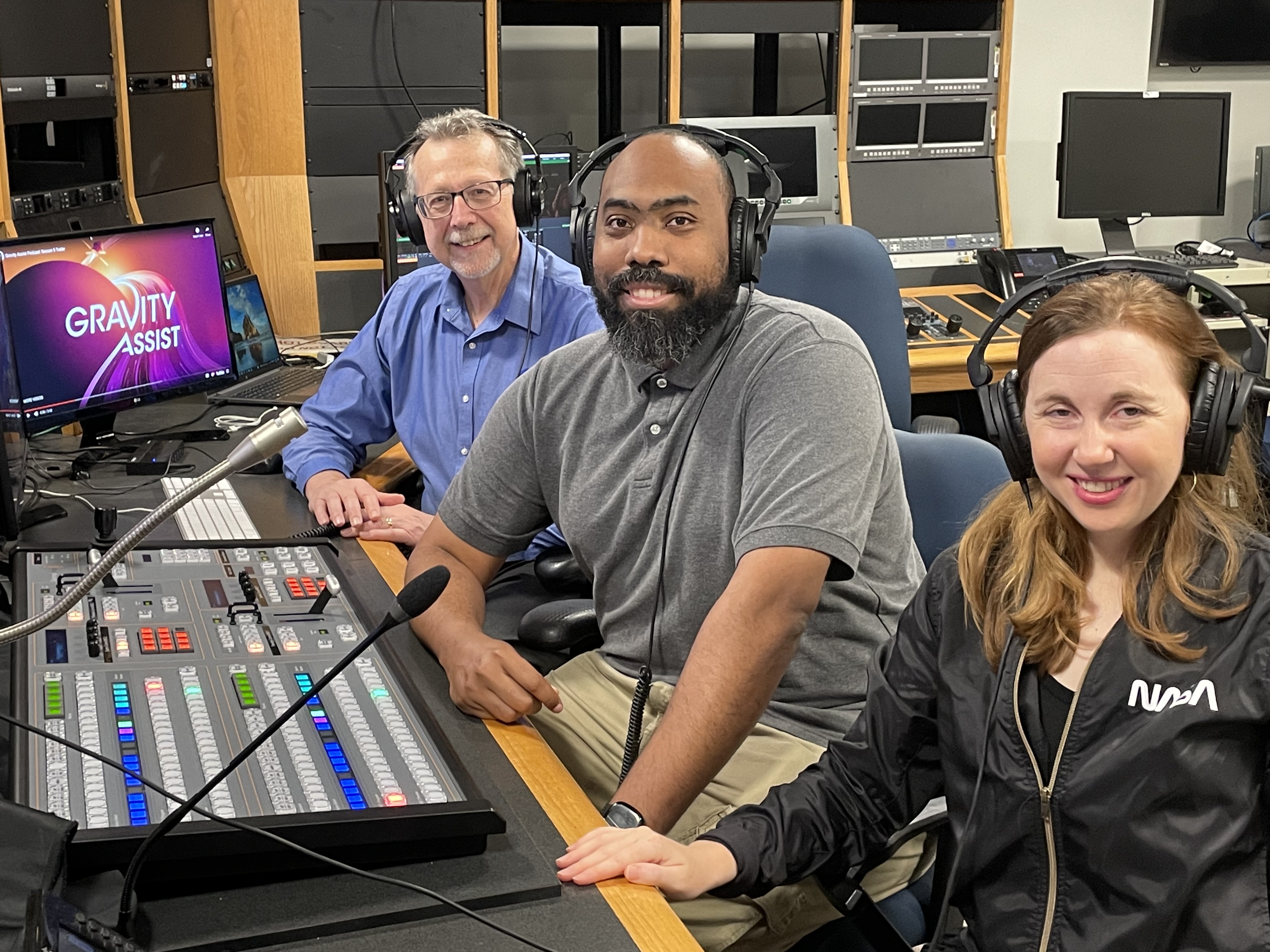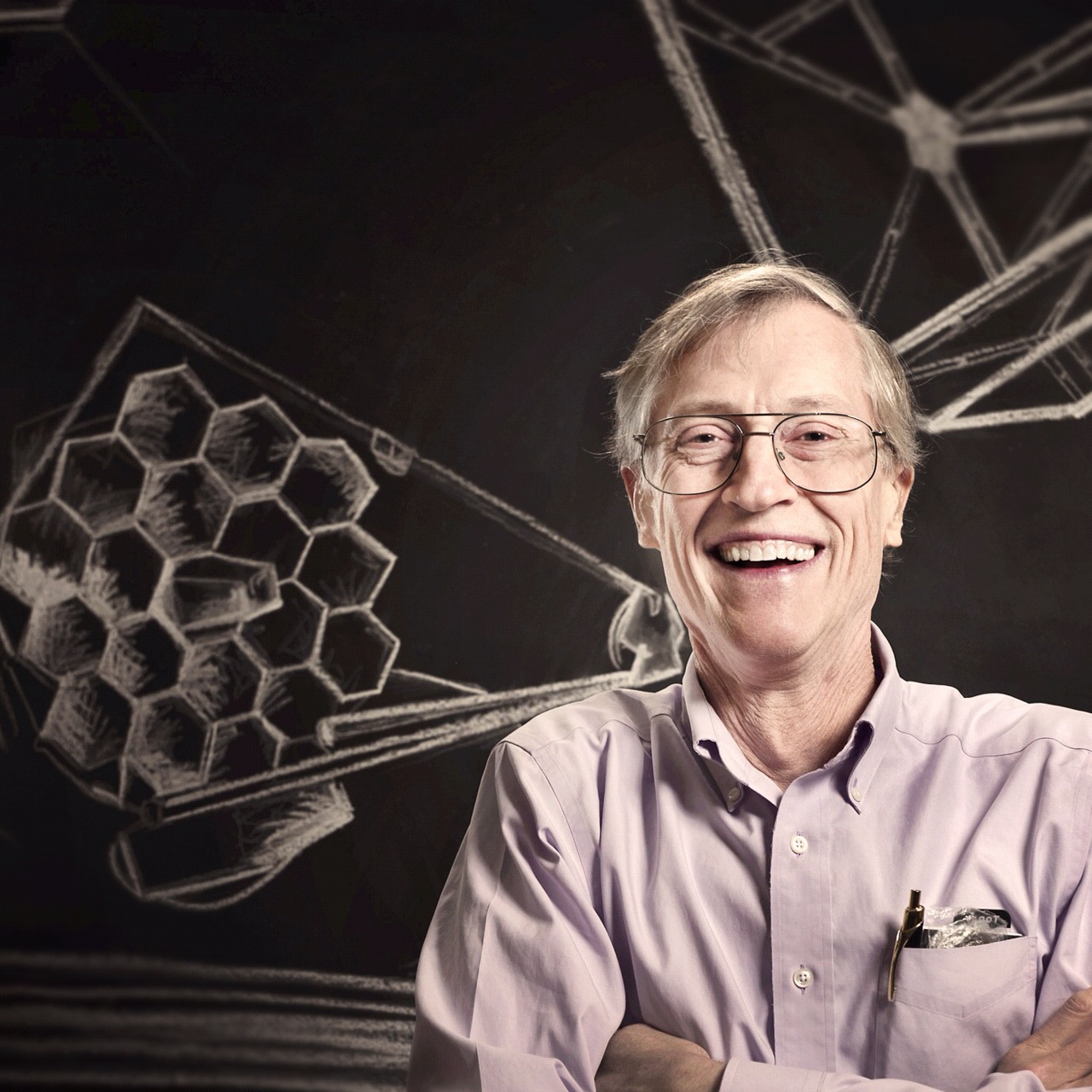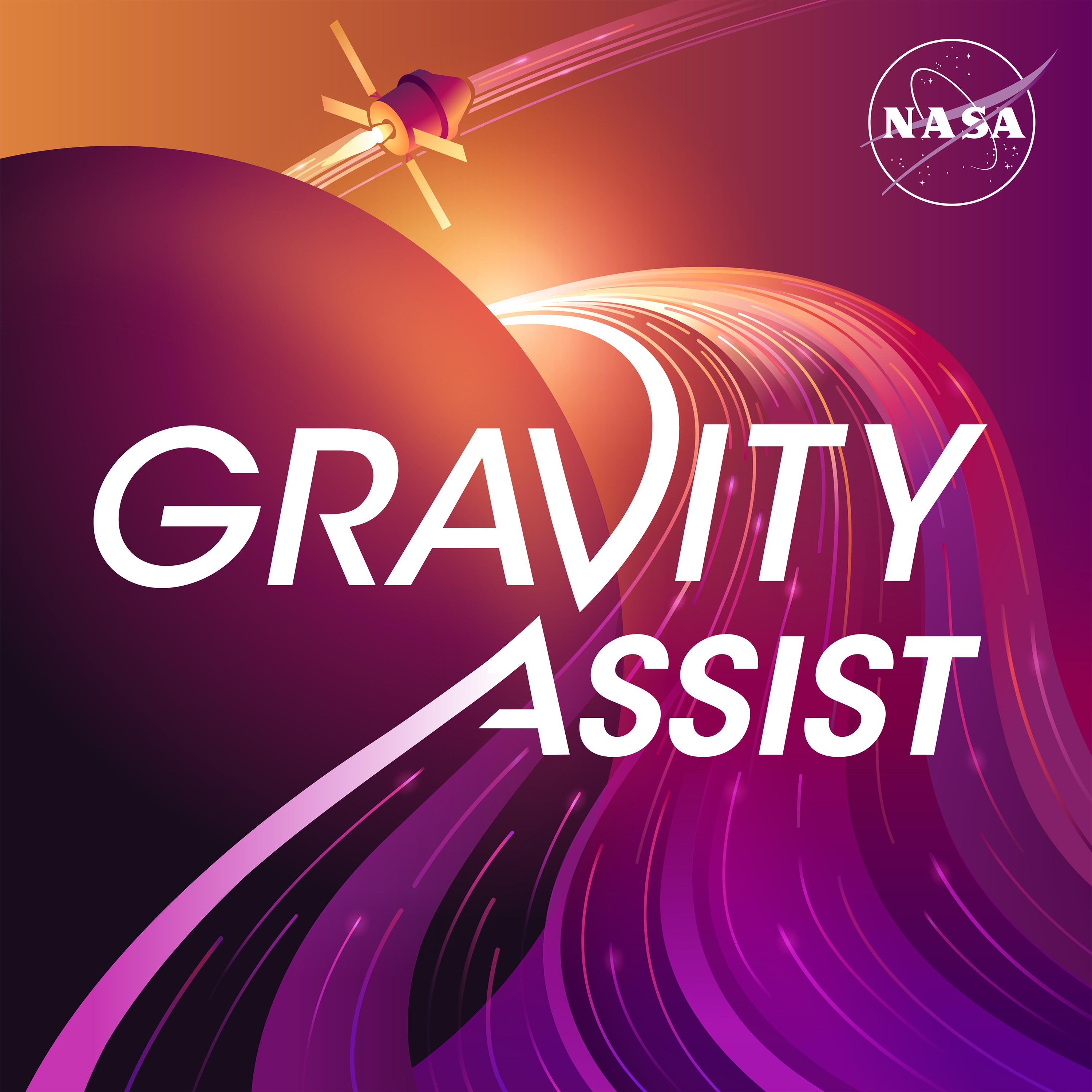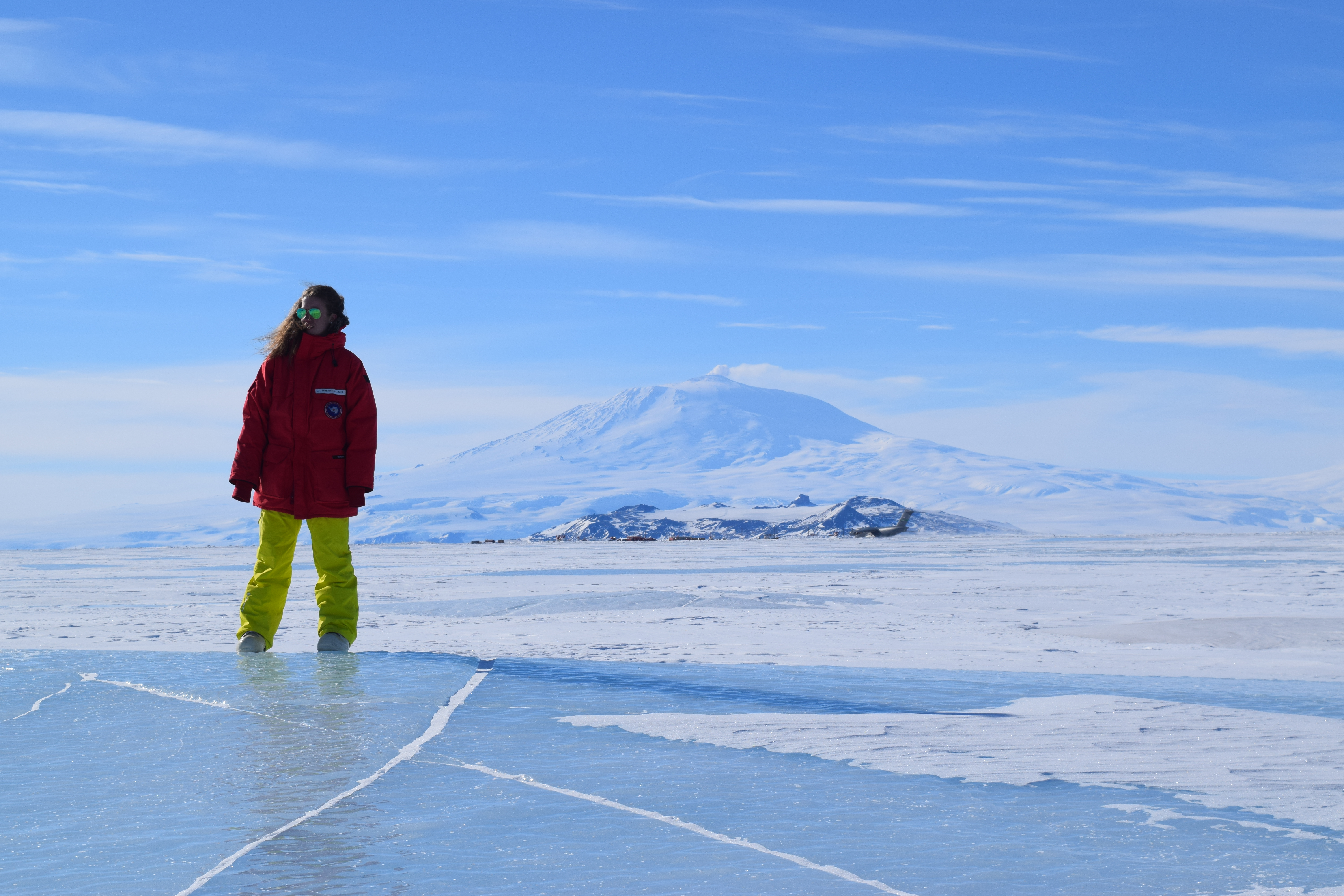Discover Gravity Assist
Gravity Assist

98 Episodes
Reverse
On the Gravity Assist podcast we have interviewed dozens of scientists, engineers, and others dedicated to the mission of NASA space exploration. After five years, the show is coming to a close. Here are some final thoughts and episode highlights from the podcast team.
The James Webb Space Telescope awed the world on July 12 with its first images and data. And it’s just getting started with its exploration of the cosmos. Dr. John Mather, the observatory’s senior project scientist, has been working toward this milestone for more than 25 years.
The world will get a first glimpse of the universe as never before when the first images from the James Webb Space Telescope come out on July 12. And this is only the beginning — the telescope will deliver all kinds of insights about galaxies, planets, and more, for years to come.
With two microphones aboard the Perseverance rover, we can listen to Mars from its surface like never before. In addition to hearing how wind sounds on Mars, we can also listen to Perseverance driving on the surface, the Ingenuity helicopter flying nearby, and more.
Astronauts on the International Space Station have been conducting experiments to grow food, including peppers and radishes. Christina Johnson, a NASA postdoc fellow at NASA's Kennedy Space Center in Florida, has been working on a variety of techniques to grow food in space. Learn what she thinks about the future of growing food beyond our planet.
Space botanists are working on strategies to grow crops on the lunar surface, as NASA makes strides toward sending astronauts to the Moon through the Artemis program.
An ice shelf collapsed in East Antarctica in March 2022, concerning scientists who track melting glaciers, sea level rise, and other effects of climate change.
On a quest to find out if we are not alone in the universe, Ravi Kopparapu at NASA Goddard studies how we could use telescopes to detect signs of life beyond our solar system.
How do we know if a rock came from the Moon, Mars, or an asteroid? Planetary scientist Neyda Abreu has looked inside all kinds of meteorites to understand where they came from and what’s inside them. She also traveled to Antarctica to hunt for space rock treasure.
The James Webb Space Telescope, which launched Dec. 25, will allow us to see the farthest galaxies and better understand the origins of the Milky Way. Aaron Yung at NASA’s Goddard Space Flight Center is preparing for these historic observations by simulating what Webb will see in the early universe.
In space, we have to expect the unexpected. Sunny Panjwani of NASA’s Johnson Space Center shares how he got thrown into an emergency situation on his first day as a flight controller. His team makes sure that astronauts have a safe environment on board the International Space Station.
NASA is about to launch a new spacecraft to look at the universe in X-ray light. The Imaging X-Ray Polarimetry Explorer, IXPE, will look at extreme objects such as black holes, neutron stars, and supernovae, asking fundamental questions about how high-energy light gets produced.
NASA’s Double Asteroid Redirection Test Mission, or DART, will deliberately impact a small asteroid called Dimorphos to deflect its orbit around a bigger object, Didymos. Nancy Chabot, planetary scientist at the Johns Hopkins University Applied Physics Laboratory, has the details.
As NASA prepares to send astronauts to the Moon through the Artemis program, engineers are working on technologies that will give these explorers power – solar power, that is. In space, the harsh radiation and huge temperature changes make for a challenging environment.
Yaireska Collado-Vega leads a team at NASA’s Goddard Spacecraft Center that is studying the solar weather environment so that robots and people exploring space can be protected. In this episode of Gravity Assist, she describes the excitement and challenges of understanding space weather, and how she got to be a NASA scientist.
To get a more complete understanding of the full history of our solar system, NASA is sending a spacecraft called Lucy to investigate the Trojans, mysterious small objects that share an orbit of the Sun with Jupiter. Principal investigator Hal Levison of the Southwest Research Institute
Janelle Wellons likes to say that she operates “fancy space cameras.” At NASA’s Jet Propulsion Laboratory, she creates commands that allow spacecraft to take valuable scientific data in our solar system and here at planet Earth.
The laws of physics get very, very weird in the realm of particles too small for the eye to see. Aboard the International Space Station, an experiment called the Cold Atom Laboratory (CAL) is exploring how the universe works .
In honor of National Intern Day, Gravity Assist features Felicia Ragucci, an undergraduate at Dartmouth College who recently completed an internship with NASA’s History Office and the Office of the Chief Scientist. During her time at NASA, Felicia researched the history of the Neutral Buoyancy Simulator, an underwater training facility where astron
NASA is sending two missions to Venus this decade and participating in a European Space Agency mission there, too. Lori Glaze, director of planetary science at NASA, discusses these missions and why she’s so excited about what we’re about to learn.










very nice
very nicely put together!
Solar wind protects us?!?